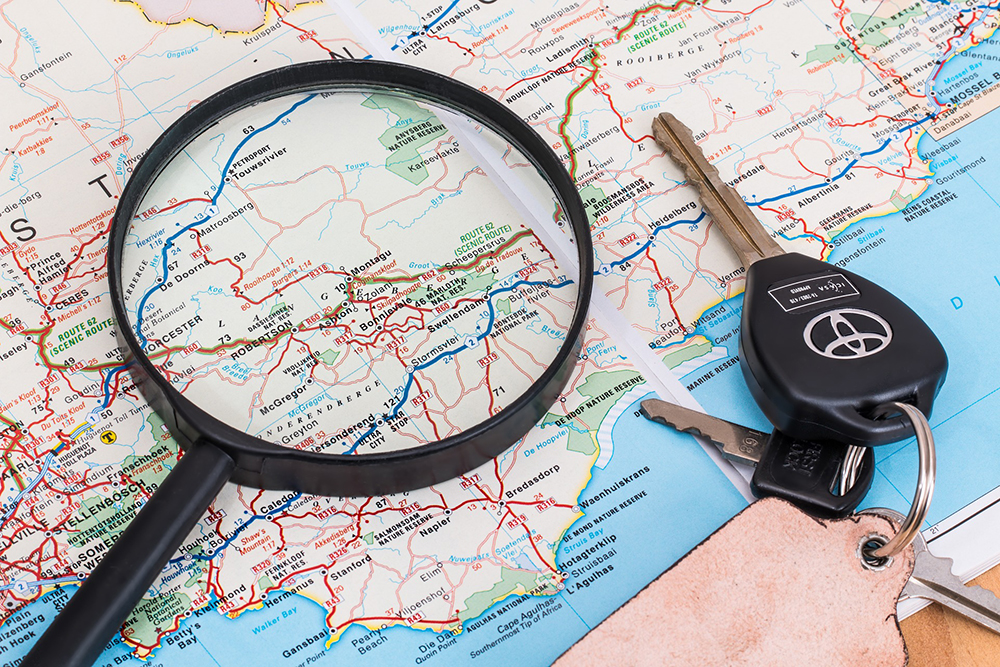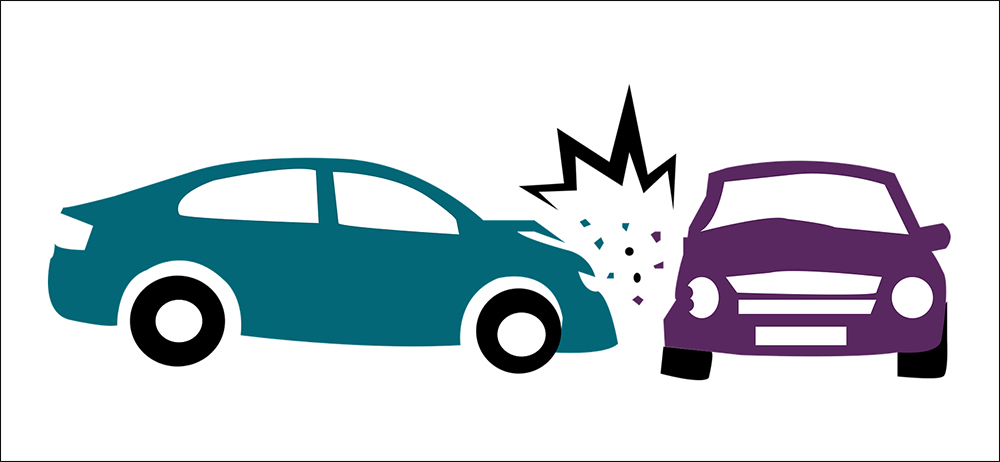
While having lunch with our youngest staff member at our favorite Thai restaurant near our office, I remarked that I really missed traveling, and that I had taken for granted that I got to travel abroad quite frequently each year.
I regaled Sam with all my past adventures (and misadventures) abroad, and how it was a matter of national pride to put my best foot forward during these foreign events that had other media members from other countries as well. Being around Caucasians was particularly tricky: Some were genuinely very warm and friendly, most were okay, but a few still looked at Asians as second-class citizens. Such is the reality of things. Traveling with our ASEAN neighbors was better: I now have so many good friends from Singapore, Malaysia and a few from Taiwan—friendships made through numerous trips together over the years. To this day, we message each other regularly, asking each other how we are coping personally and professionally through these difficult times.
One thing I told Sam was that the trips indirectly showed the pecking order of the global motoring media: The major American, British and German publications got first dibs on the cars before the other nationalities could get to them. The Western media had a global reach, with massive fan base and very large, important and influential home markets. The rest came in succeeding waves over the course of a few weeks, in typical order: the rest of Europe, Japan, Latin America, Africa, ASEAN, Australia/New Zealand and China. The order or the wave of journalists also depended on the type of car. If it was a predominantly ASEAN-market car, then it was mostly ASEAN countries, some Central European countries, Africa, Australia and New Zealand.
The vehicle’s sales volume in a particular home market also determined the contingent size. I’ve been to some events where I was the lone Filipino media representative, and in one or two cases, the only one from ASEAN because we are a unique LHD market in our region (whereas many other ASEAN markets are RHD, like Thailand, Singapore and Malaysia).

But there was one country with a contingent so large—their market so huge—that they got their own exclusive schedule. They were a truly infamous bunch with a reputation for overdriving, abusing, manhandling and oftentimes damaging and even destroying the test cars at launch. Because of their reputation, they were often the last group or country that was scheduled because, as many PR executives would joke, once these journalists were done with the cars, many would have been inoperable.
A fellow motoring journalist recounts a story where he was paired with one such journalist from the above-mentioned country because he was the sole Filipino in the event. Being the polite guy he is, my colleague offered the first driving slot to his companion, and the other guy accepted immediately. As they got in the car, the foreign journalist pulled out of the parking and proceeded to scrape the brand-new luxury automobile against a delivery truck parked in Casino Square in Monaco! From headlight to taillight, a huge (and deep) crease was bestowed upon the launch vehicle—even damaging the headlight and the taillight. Since there were no other cars available, my friend had to sit out the entire driving event. The foreign journalist? Apparently, he was a new driver himself, and it was his first time to drive abroad.
Said nationality was also very unruly, rude and uncouth. At an event I attended in Germany back in 2007, the host made the error of telling our large group of mixed Asian journalists to pick the cars we wanted to drive on the track. Half of these journalists were from the unnamed country, and the rest of us were from various ASEAN territories. The non-ASEAN journalists literally pushed/shoved/bumped everyone else aside and ran to the high-end sports cars. The rest of us ASEAN guys were left to drive SUVs. After the event, our ASEAN regional PR coordinator had a very aggressive exchange with her counterpart from the unnamed country. One German host intervened and made the mistake of saying: “Aren’t you guys all the same?” Which prompted our regional PR coordinator to scream: “I’m Singaporean! I am not f***ing _________ like them!!!”
Yes, she really used the F word. And she kept repeating it while talking to her German and fellow ASEAN PR coordinators.
They were a truly infamous bunch with a reputation for overdriving, abusing, manhandling and oftentimes damaging and even destroying the test cars at launch
There are many more stories like this. Car manufacturers have tried to keep this group/country to themselves so as to avoid ‘encounters’ with other countries. What’s sad is that, in a few other events I joined where the concerned country was behaving poorly and affecting other people, I was lumped together with them because of my looks. And the Caucasians, in particular, would sneer at me and say downright insulting things about me, not realizing I was Filipino and I understood their English perfectly well. Of course I kept quiet, because I didn’t want to get beaten up and jailed overseas. But the same Caucasians would get shocked to find out I spoke perfectly understandable English with a bit of a Westernized accent. The look on their faces was priceless.
My friends around the region say that “we may look like them, speak the same language, eat the same food, and observe similar traditions, but we are not them. We have values, morals and social graces because we are Singaporean/ Malaysian/Taiwanese, etc.”
I guess that’s the one thing we share with our conservative ASEAN neighbors: good manners and right conduct in public, especially abroad where we put our best foot forward and try to give pride and honor to our nation.
I wonder if things have changed and evolved once we start traveling again.


0 Comments